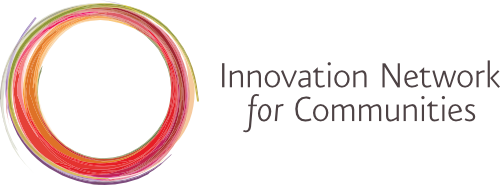Urban Climate Tribe!

MELBOURNE – Effective networks can have amazing reach, a big multiplier effect.
In July, the 21 cities of the Carbon Neutral Cities Alliance, a global network of city governments most aggressively innovating to reduce greenhouse gas (GHG) emission, met in Melbourne, along with five visiting cities, for their fourth annual get together. (As an advisor to the network, I’ve been at each of its annual sessions.) There were perhaps 50 people present in the meeting room of the Community Hub in the Docklands area, a city redevelopment site. Among them was Ian Shears, head of sustainability for the host city government. Ten years earlier when Ian started working for the city, it was just him and one other staffer. Now there is a city staff of 60—with duties ranging from “low carbon future,” "climate resilience," "open space planning," "urban forestry and ecology," and "sustainability integration." This growth in local government staffing for sustainability, and particularly for climate-change work, is not unusual in the increasing number of cities worldwide that take the work seriously.

At Melbourne's waterfront, CNCA members spell out their connectivity
Imagine, then, that each of the 60 city people in the Hub—spending two days exchanging expertise and developing collaborations for the future—connects to 50 people back home with a similar caring about reducing their city’s carbon emissions and a role—in local government or the private, academic, or NGO sectors—in doing something about it. Do the math: 50 x 50 = 2,500. Imagine further that each of those people knows 50 other people who care and play roles in responding locally to climate change. More math: 2,500 x 50 = 125,000 people.
Because people talk with and write to each other, whether it’s in person, online, or on the phone, some or much of what was discussed, learned, and dreamed up at the Hub, will be transmitted, without a particular plan or coordination, during the following weeks and even months, to many interested people around the world. The many in one room in one city become the many many globally.
The CNCA meeting was just one of the events that week that generated a worldwide flow of climate-change information, news, and knowledge—that informed, inspired, and guided people who were not in the meetings but were connected to them nonetheless.
This has been happening for years now—and the number of cities and people involved has been growing. Much of it is invisible precisely because it is distributed, not centralized or coordinated; it is happening beyond the horizon of the particular meeting or network. But it is happening: what’s emerging is a tribe of similar-minded people, with shared values and ways of understanding the world, with similar goals, and a deep commitment to helping each other succeed.


